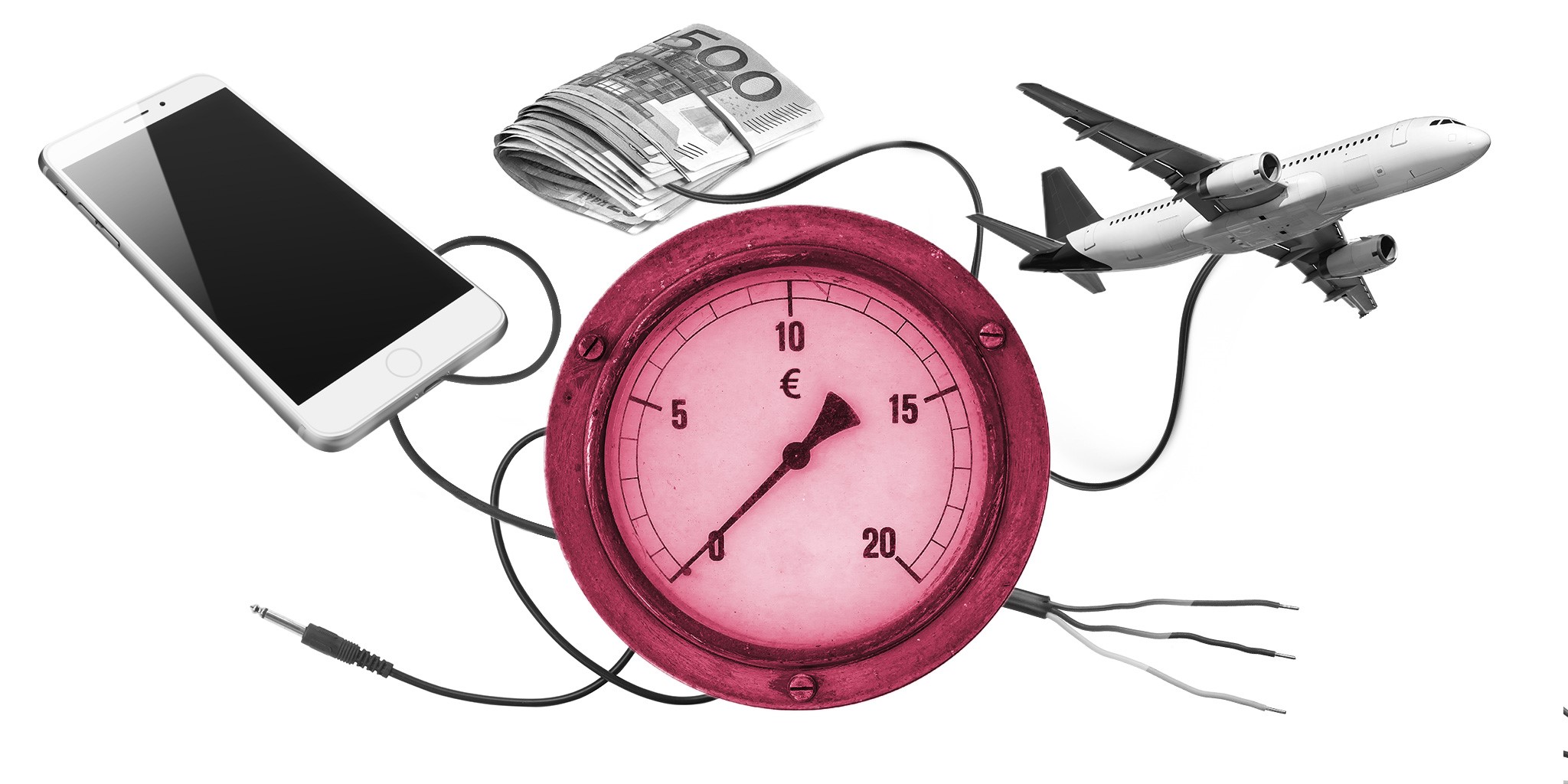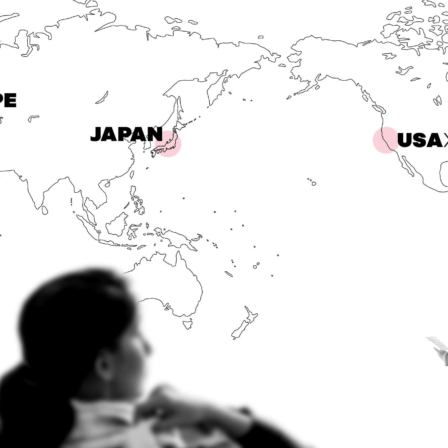Digitisation – with its elements of information and communication technology (ICT), software and the supply and use of coded information – has been the most important engine of growth and development over the past couple of decades (Pohjola, 2014). Through cloud services, artificial intelligence and other new digitised manifestations, we are entering the second age of digitisation. This transition is a challenge to economic policy and the means of measurement that support it.
Gross domestic product (GDP) is the most frequently used yardstick in economic policy. In principle, the means of measuring GDP and, therefore, the accounting of the national economy, is capable of meeting the challenge brought on by digitisation; the principles of measuring GDP are also applicable to the digital economy. In practice, however, the methods of measurement have not kept up with the phenomenon.
If there are problems with measurement, implemented policies and related decision-making will be, at best, biased and, at worst, inappropriate.
Digitisation causes considerable inconsistencies – that is, it confuses or disrupts entire branches of industry and changes human labour tasks. Extensive changes in the production and consumption structure pose challenges for way things are measured. If there are problems with the means of measuring, implemented policies and related decision-making will be, at best, biased and, at worst, inappropriate.
With digitisation, development of GDP and productivity have become underestimated (Bean, 2016). On the other hand, errors in measurement alone do not seem to sufficiently explain the productivity hole widely experienced in the last decade (Ahmad and Schreyer, 2016; Byrne, Fernald and Reinsdorf, 2016; Feldstein, 2017; Syverson, 2017). In any case, digitisation presents significant problems when it comes to measuring GDP and well-being, which can be summed up by the following five challenges.
The first – and the most central – measurement challenge concerns the decline in the price and increase in the quality of digital products and services. Keeping up with changes that take place over a period of time requires keeping up with the development of the unit prices of products and services of standardised quality. The price information forms the gauges – the deflators – with which the cash flows under current prices are converted to comparable flows in fixed prices. The prices and nature of ICT products and services often change significantly, even within a short time. Overhead costs in digital technology have declined faster than the official price indices as a result of things like the greater use of cloud services, which leads to an underestimation of GDP volume.
Another phenomenon is linked to the disappearance of specialist intermediaries through increased automation and self-service. Digitisation has reduced transactional costs. For example, online travel booking services have increased. For the consumer, outsourced digital self-service has decreased the need for separate specialist intermediaries, such as traditional travel agencies. This leads to a situation in which services can be significantly improved while their impact on GDP growth decreases.
Third, digitisation has given rise to a wide array of products and services that are free for the user, which by definition are not included in the measuring of GDP, or are inadequately taken into consideration. Examples of free goods on offer include peer production such as Linux and Wikipedia. Other typical examples include services such as Google and Facebook, which are funded through targeted advertising or the sale of user information, and not through user fees. Free products are not conceptually a part of GDP – in spite of their impact on well-being. Services funded by advertising revenue are only partially included in GDP figures.
A fourth challenge involves the tax optimisation of multinational companies. The internet, the most important distribution channel of digital services, does not recognise geographical borders. Only the end user has an indisputable location. However, this is not the starting point for measuring GDP or taxation. The geographical distribution of added value in production is difficult to define accurately, which means that companies end up with room to manoeuvre in targeting profit country by country. In practice, this leads to understating GDP in countries with high corporate taxes.
Borrowing and the sale of used goods are not included in GDP, although these practices have an impact on the economy and on well-being.
The fifth challenge is that the platform, distribution and gig economies blur the boundaries between production and consumption. Digital platforms have created new ways to buy, exchange and share work performance, goods and user rights. A basic characteristic of the phenomenon is that private individuals can simultaneously serve as both producers and consumers. Borrowing and the sale of used goods are not included in GDP, although these practices have an impact on the economy and on well-being as a result of increased product usage or longer overall product lives. When money is the medium of exchange, we are within the realm of GDP, but we again face new measurement challenges.
In addition to GDP, digitisation affects other key goals of economic policy – employment, the distribution of income and the sustainability deficit. As for public economics, digitisation can simultaneously offer efficiency benefits and better quality. On the other hand, part of the digitisation phenomenon can eat away at the tax base or lead to an unnecessary rise in index-linked social benefits and other entitlements.
The measurement bias stemming from the underestimation of annual change in GDP – which might be about one half a percentage point – is sufficient for changing our view of the economic situation under growth conditions. On the other hand, digitisation makes it possible to increase people’s well-being even when GDP is in decline. Work on taking digitisation into consideration when auditing the national economy should be continued. Through digitisation and related measurement challenges the well-being of the Finnish people has developed in a more positive direction than one might conclude on the basis of the economic development of recent years.
This article is based on a report drafted for the Prime Minister’s Office: Kotiranta, Koski, Pajarinen, Rouvinen and Ylhäinen (2017).
Sources
Ahmad, N. and Schreyer, P. (2016). Are GDP and Productivity Measures Up to the Challenges of the Digital Economy? International Productivity Monitor, 30, pp. 4-27.
Bean, C. (2016). Independent Review of UK Economic Statistics. Cabinet Office.
Byrne, D. M., Fernald, J. G. and Reinsdorf, M. B. (2016). Does the United States Have a Productivity Slowdown or a Measurement Problem? Brookings Papers on Economic Activity, pp. 109-181.
Feldstein, M. S. (2017). Underestimating the Real Growth of GDP, Personal Income and Productivity. Journal of Economic Perspectives 31 (2), pp. 145-164.
Kotiranta, A., Koski, H., Pajarinen, M., Rouvinen, P. and Ylhäinen, I. (2017). Digitalization changes the world – are new statistics needed to support economic policy? Prime Minister’s Office, February 2017.
Pohjola, M. (2014) Suomi uuteen nousuun – ICT ja digitalisaatio tuottavuuden ja talouskasvun lähteinä. Technology Industries of Finland.
Syverson, C. (2017) Challenges to Mismeasurement Explanations for the U.S. Productivity Slowdown. Journal of Economic Perspectives 31 (2), pp. 165-186.














Other articles
Share these too.